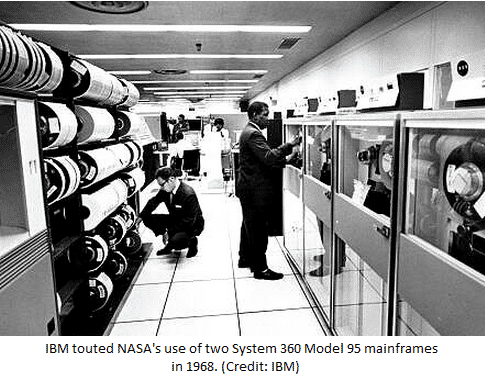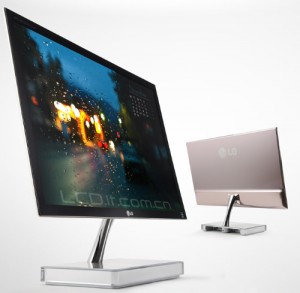Since 1960 before humans walked on the moon, IBM was one of the biggest (might be the only one) mainframes that was cutting-edge machines for scientific and engineering calculations. In fact, since then, NASA had been using these mainframes too. But to keep pace with modern rules, technology and high-performance technical computing effort, NASA decides to shut down its old main frame Marshall Space Flight Center and preparing to set up with the new and latest technologies and mainframes.
IBM’s System 360 rewrote the rules of computing in 1960s. Big Blue was upgrading its high-performance and technical computing effort. High-end Blue Gene systems and more conventional Linux servers were using Intel and AMD x86 chips and Unix servers with its own Power processor. But IBM’s System Z mainframe line was not for commercial customers. Now, it has become for commercial customers who will use reliable high performance tasks like database transactions and are interested in paying a premium for the service.
Chief Information Officer Linda Cureton said in a blog post Saturday, “After some mandatory changes, now NASA is switching off its last mainframe. This month marks the end of an era in NASA computing. Marshall Space Flight Center powered down NASA’s last mainframe, the IBM Z9 Mainframe.” Cureton said.
Though lots of ups and downs happened in IBM, but they were still fighting in order to boost up their performance, adding new technology and giving new names for the systems (T-Rex, Raptor). In order to protect the system, Cureton came forward to help. To be noted that, (Cureton programmed a System 360 mainframe in assembly language at the Goddard Space Flight Center).
“Both of NASA’s Model 95s are handling space exploration problems which require unusually high computation speeds,” IBM said. “The Model 95s are capable of computing 14-digit multiplications at a rate of over 330 million in a minute.”
Moreover, 1 MB of ‘ultra-high-speed thin-film memories’ of the IBM system was replaced by 4 MB of main memory. Hope so, this new mainframes will help NASA more than the previous mainframes. What do you think, Guy? Write your comment below.
Source : NASA, CNet
Image Credit : NASA and IBM
[ttjad]





